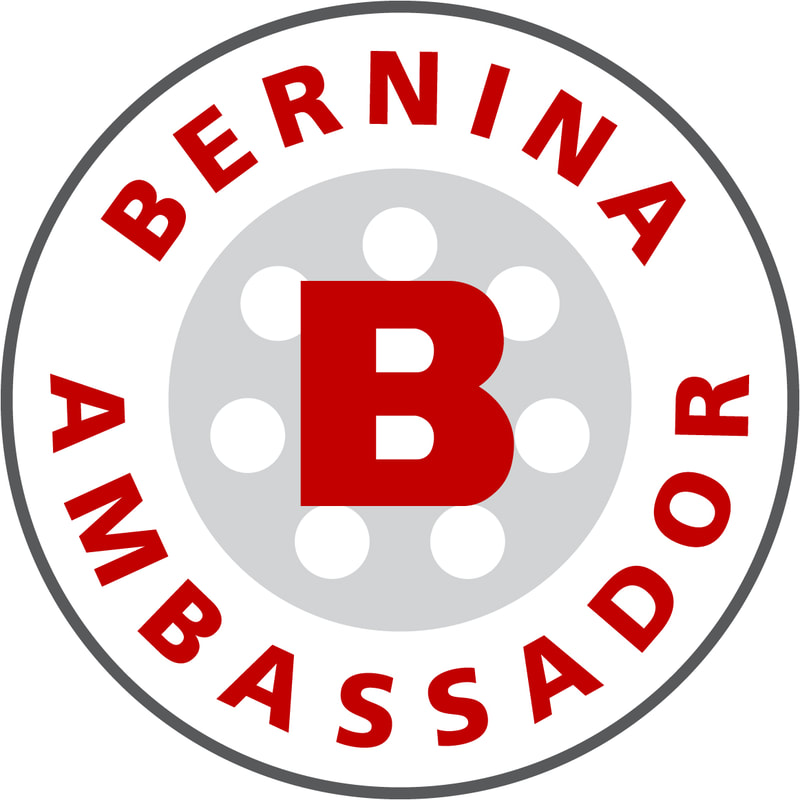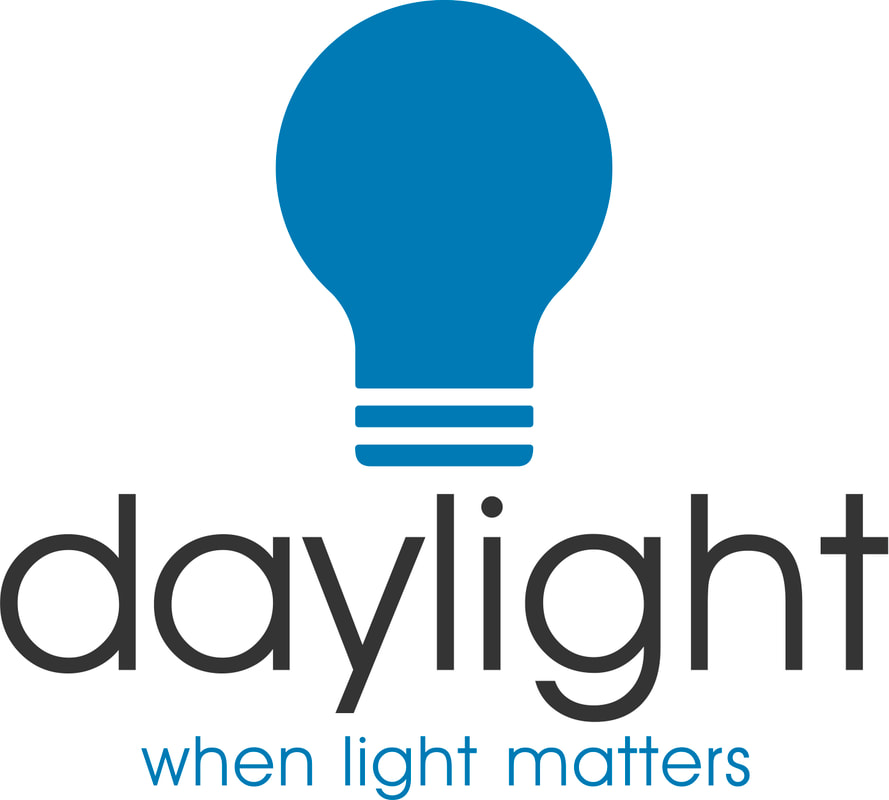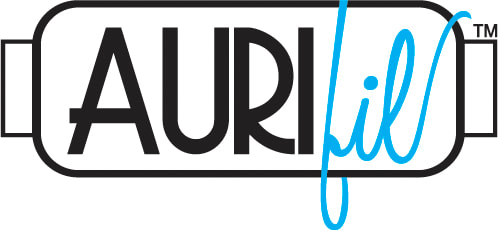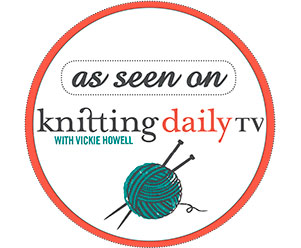How to make Reversible Vertical Post Stitch Crochet RibbingWhat is it? First, let's give a quick definition of ribbing. Simply put, Ribbing is a series of raised ridges – called wales – and contrasting low troughs. That said, there are a number of ways to create combinations of wales and troughs using crochet stitches. In fact, we have: Reversible Vertical Post Stitch Crochet Ribbing One-Sided Vertical Post Stitch Crochet Ribbing Horizontal Post Stitch Crochet Ribbing Horizontal tbl Crochet Ribbing We will be covering ALL of these in future Technique Tuesday articles but, for today's Reversible Vertical Post Stitch Crochet Ribbing tutorial, we are creating a reversible vertical post stitch ribbing with wales on both sides of the fabric through the use alternating Front Post Double Crochet Stitches and Back Post Double Crochet Stitches. Remember: Post stitches are worked around the post of a crochet stitch creating a stitch that is raised to the front or the back of our working row depending on whether we work a Front Post Crochet Stitch or a Back Post Crochet Stitch. Reversible Vertical Post Stitch Crochet Ribbing creates a series of wales and troughs that are made vertically in relation to the working direction of our crochet fabric. That is, we start at the top or bottom of the fabric and create wales and troughs by working rows of alternating Front and Back Post Stitches. These alternating Front Post Crochet Stitches and Back Post Crochet Stitches build off of one another in successive rows creating the vertical wales and troughs – Ribbing! For a quick review of crochet post stitches check out these tutorials: Front Post Double Crochet Stitch Tutorial Back Post Double Crochet Stitch Tutorial then come right back! We'll wait… Okay… back now? Good… let's carry on… Click "Read More" link below for the full post. Why Use It? Reversible Vertical Post Stitch Crochet Ribbing is FAB for the brim of beanie style hats, around the cuffs of gloves and wrist warmers, around the hems and cuffs of garments and for neckline or armhole detailing.
To Make Today's Swatch Folks have requested a list of materials we use in our swatches so here ya go! Yarn Used CYCA 4 Worsted Weight, 100% Pure Wool Hook Used H-8/5.00mm Crochet Hook Skillz Used (with link to tutorials) Foundation Single Crochet – How to make the Foundation Single Crochet Stitch First Double Crochet – How to make the First Double Crochet Stitch Double Crochet Front Post Double Crochet – How to make the Front Post Double Crochet Stitch Back Post Double Crochet – How to make the Back Post Double Crochet Stitch Break It Down
NOTE: Even though our swatch is unblocked, you are going to want to block your ribbing on your project. We recommend blocking your ribbing vertically ONLY most of the time. This maintains some of the elasticity of the fabric allowing a more snug fit when needed (brims of hats, wrist warmers and gloves, and the hems of those garments you want to stay put). If you want the look of ribbing without the snuggingness (snugging-ness?? snuggyness?? Yeah… we're making up words again…), block your ribbing both vertically AND horizontally and you will have the same ridges and troughs with a less lively fabric that won't bind in places where you don't want binding (like the hems of garments or armholes and necklines or if you prefer your hats more loose fitting). TAADAA!! Yes, we happen to LOVE this texture stitch. I have always thought this type of ribbing looked very graphic since you see the prominent wales of the post stitches as well as the underlying heads of the alternate rows peeking through (remember from our previous tutorials how making post stitches bends the heads of the previous row's stitches). In addition, it's downright cozy and even squishy depending on the yarn you use and how loosely or tightly you work the stitches. Play with yarn and hook sizes to create different fabrics. You will love how the elasticity of the fabric changes and you will see how a fabric from these stitches can become downright squishy and cozy. I made an entire afghan from this stitch once just because of how decadent it felt. Give it a try! The first few times you practice this technique, we suggest using two colors of yarn so you can see which stitches go where more easily AND you can compare your work to our tutorial photos more easily. After that, of course, you'll probably want to work in all one color… or not… it depends on how you are going to use them. Right? As with any new skill, all it takes is practice for new techniques to feel natural and easy for you. As always, we recommend stitching up a few quick swatches like ours and, using our photo walk through to compare your stitches, to make sure your stitches are lining up correctly. If you aren't happy, rip 'em back out and go again! Thanks for dropping by for another Technique Tuesday! We appreciate the comments y'all have left for us on here and on social media and we're happy to know we could help. Let us hear from you in the comments section below to let us know what techniques you'd like to learn and maybe we'll feature yours in a future Technique Tuesday. Thanks for all the comments, clicks, and shares for our articles and tutorials. Our aim is to build the skillz of our little fiber community here on the web and it's always FAB to hear from you all that what we are doing is helping you and your fiber friends. Check back often or, better yet, click on that RSS Feed button over there in the right-hand column of the page you are on right now. That way you will always be up to date and never miss a thing! Stitch On! S&J Oh hey… before you go… Here are a few more pages we thought you might be interested in. Click on any of the photos below… enjoy! Connect with us on Facebook, Twitter, and Pinterest by clicking on one of these icons.
0 Comments
Your comment will be posted after it is approved.
Leave a Reply. |
AuthorShannon and Jason Leave us a tip to help us do what we do!
Archives
May 2024
Categories
All
|

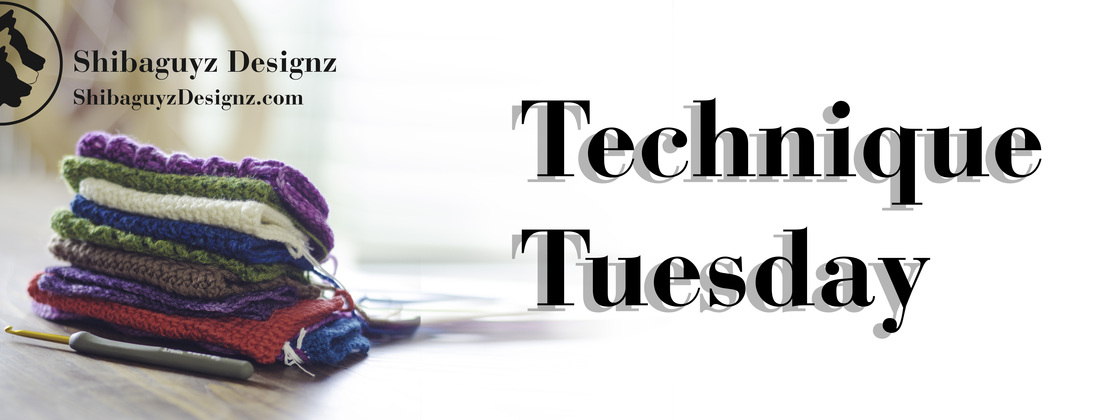
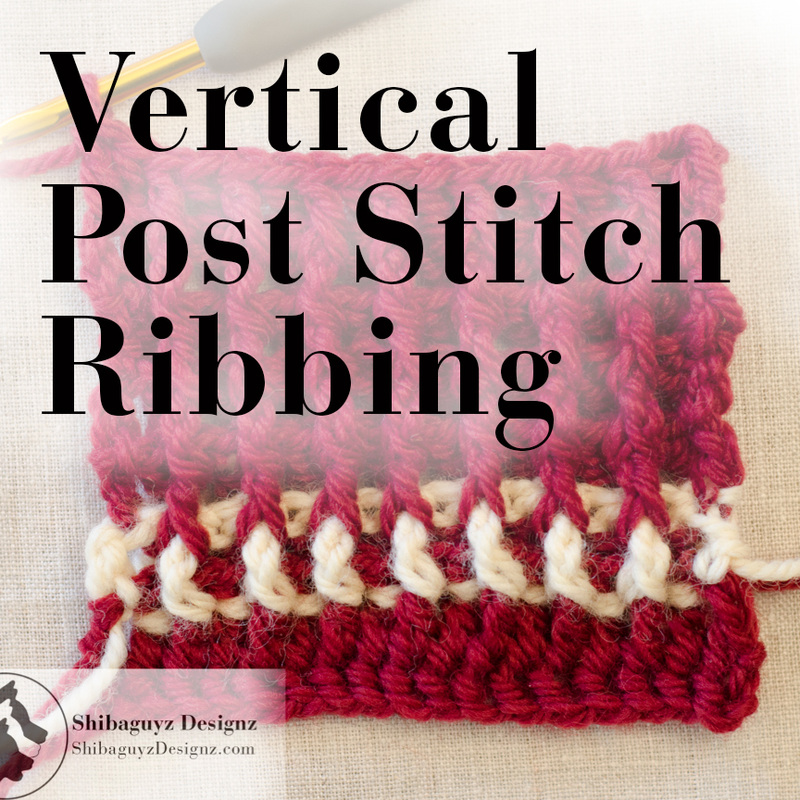
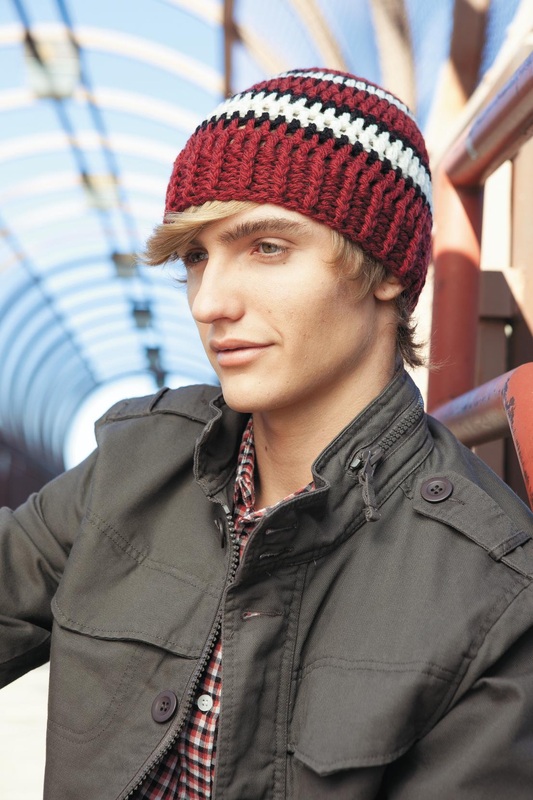
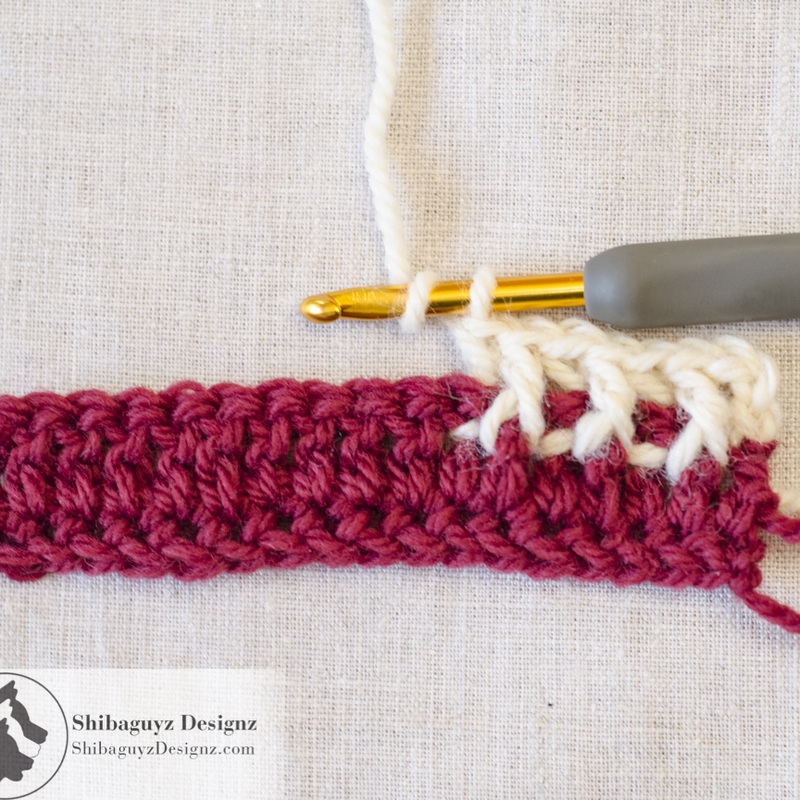
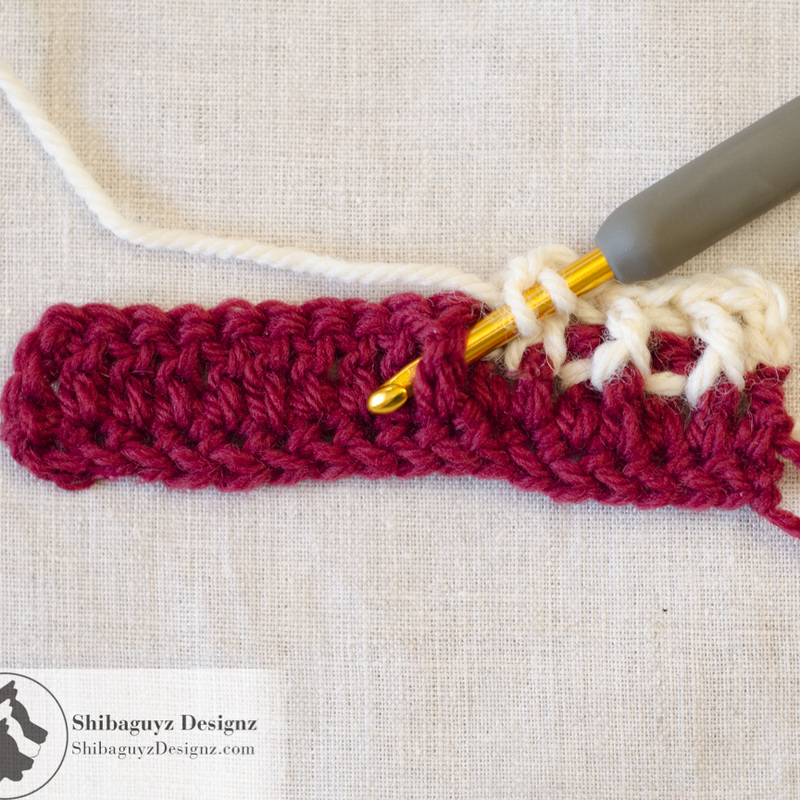
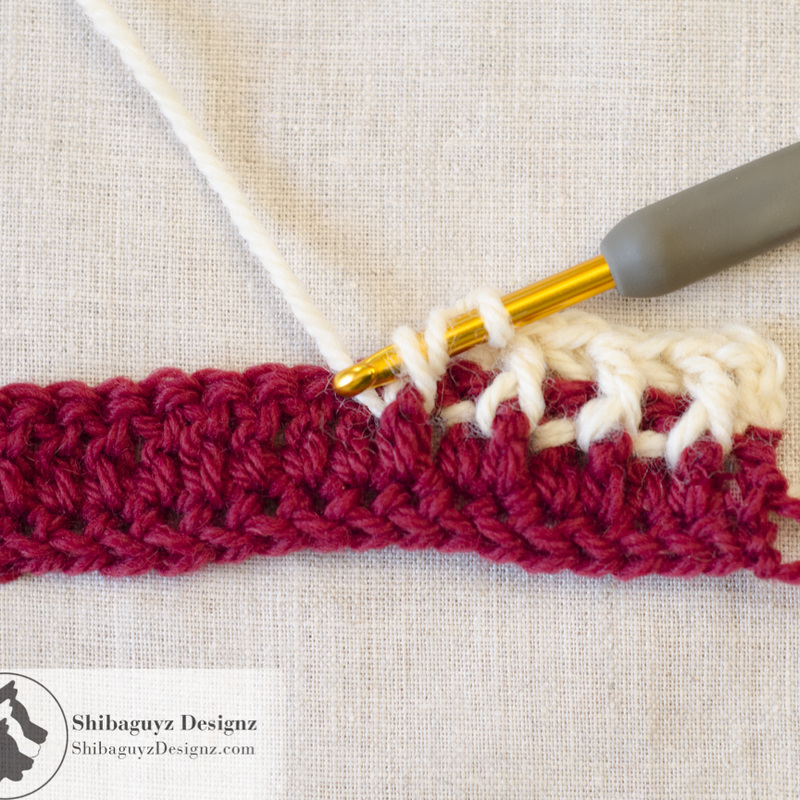
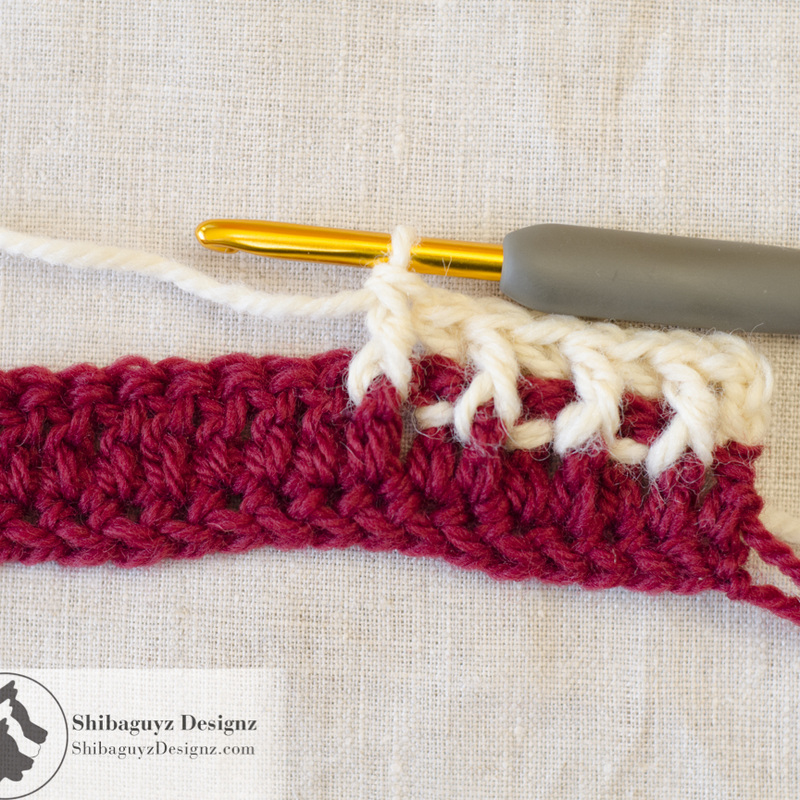
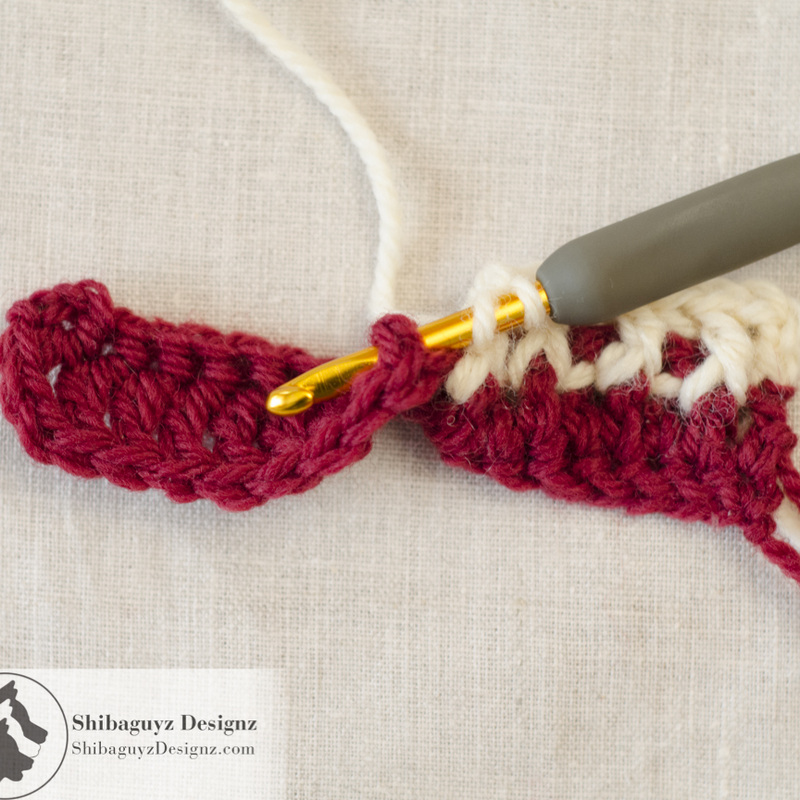
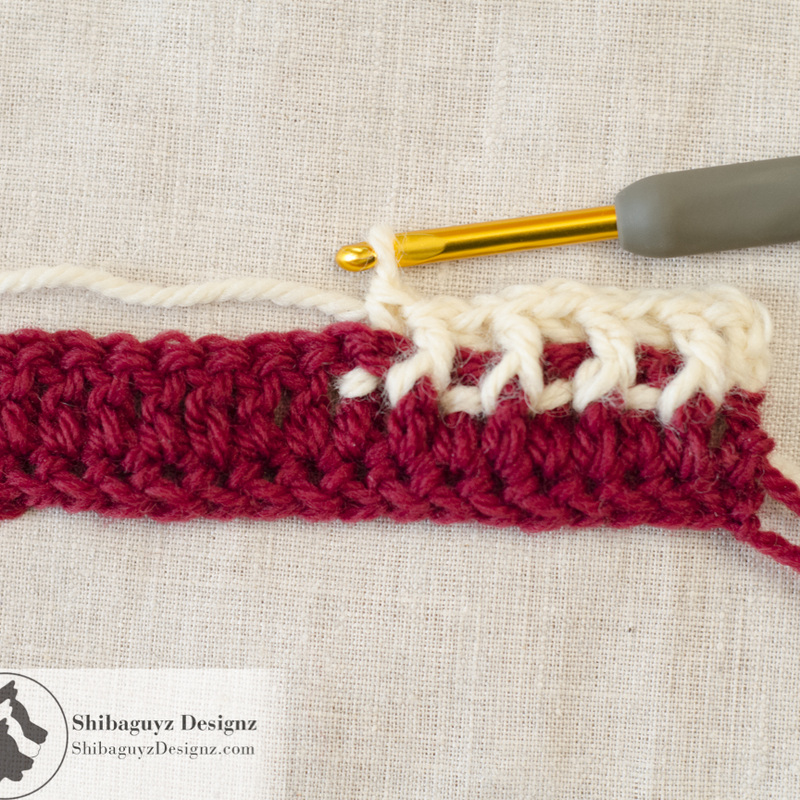
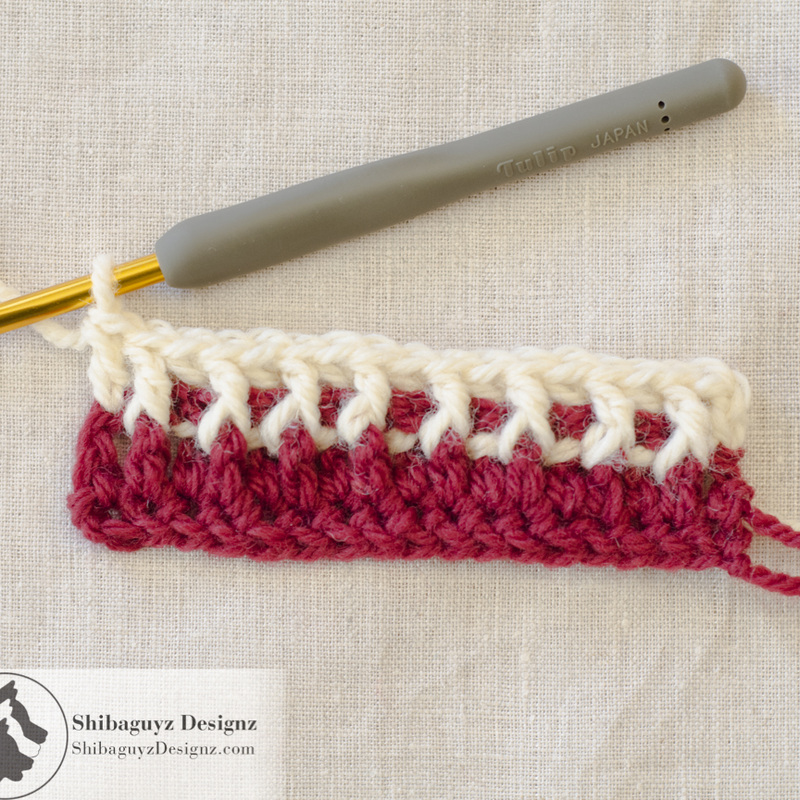
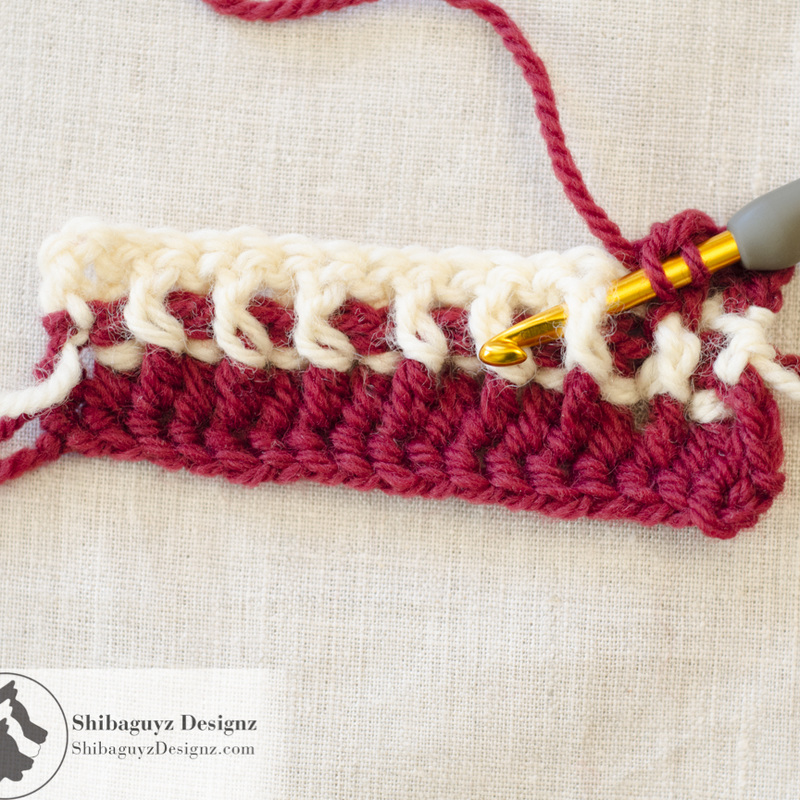
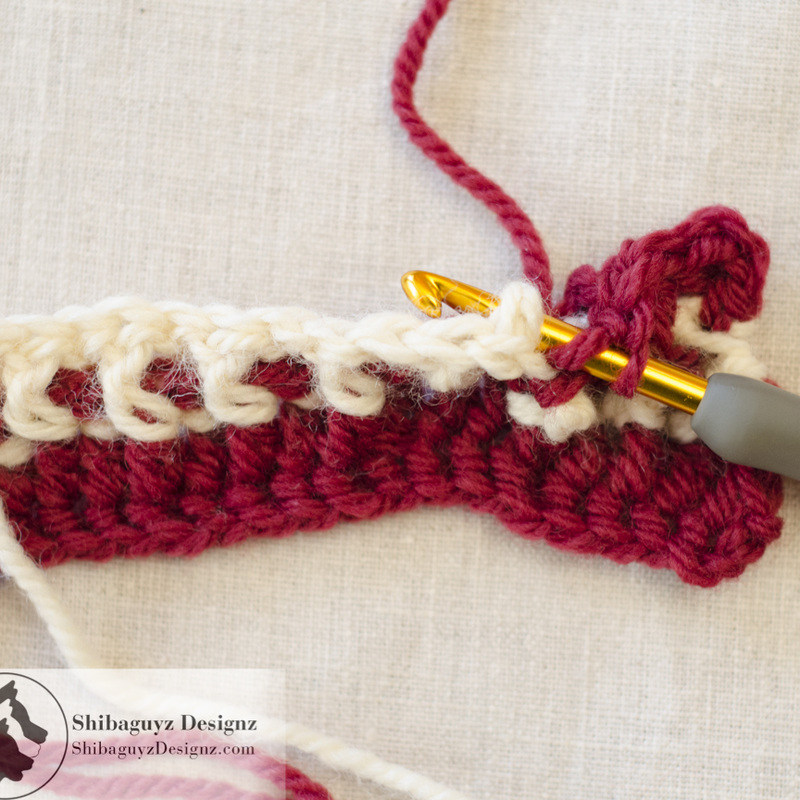
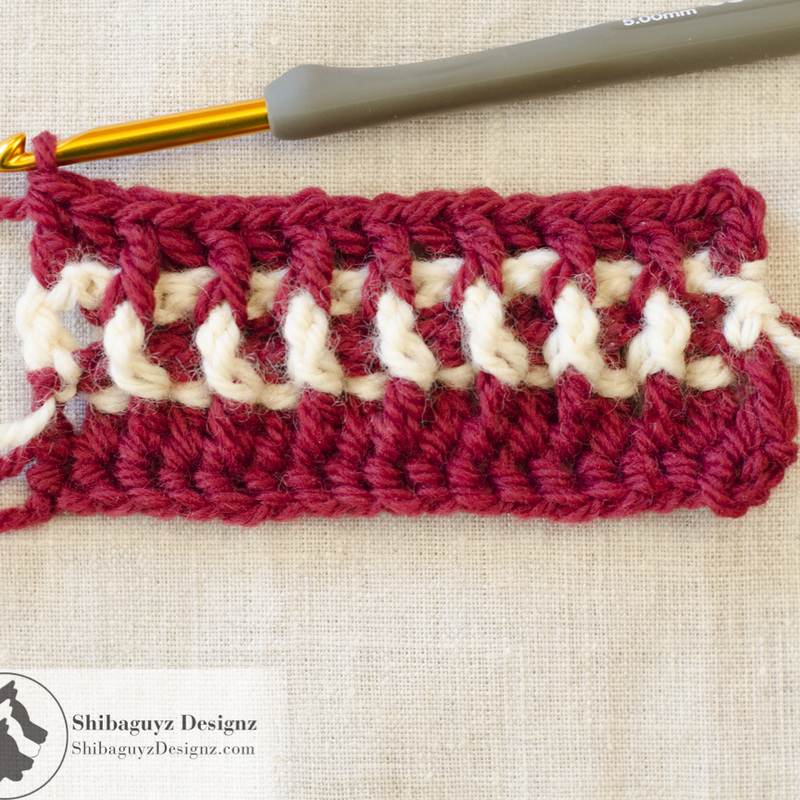
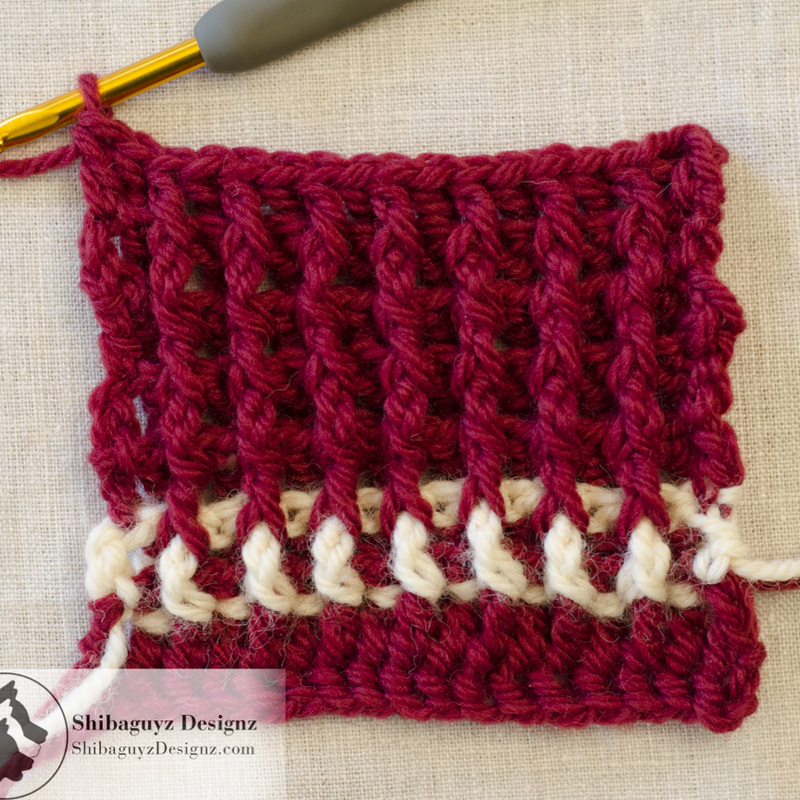
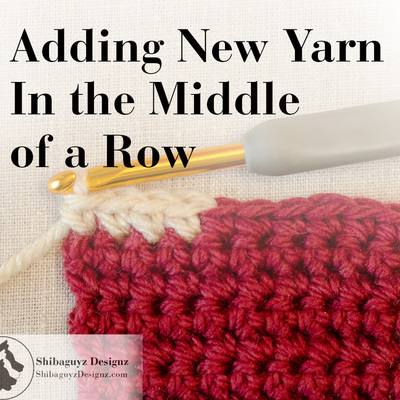
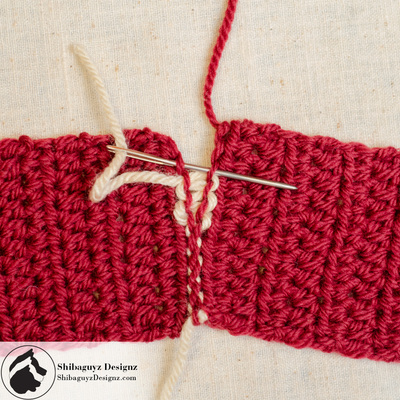
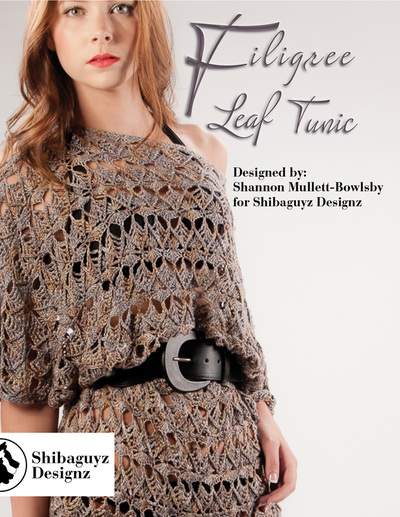
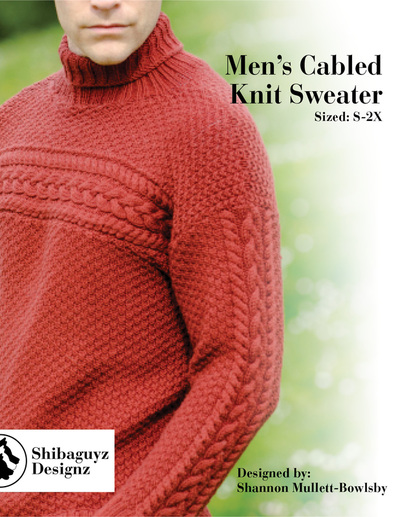
 RSS Feed
RSS Feed

